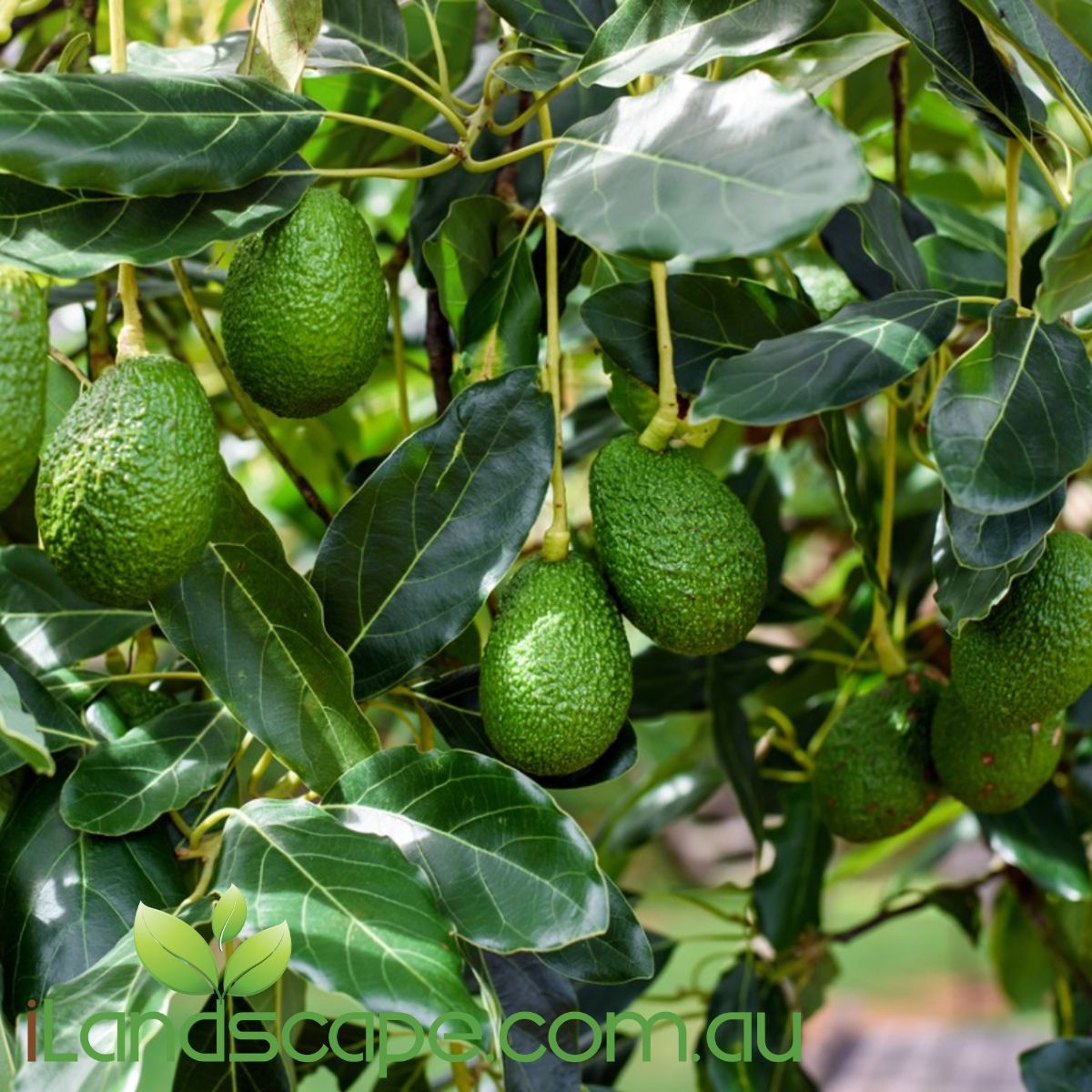Archontophoenix cunninghamiana Bangalow Palm
Description
Archontophoenix cunninghamiana, commonly known as the Bangalow Palm, is a tall, elegant palm known for its smooth, slender trunk and lush, feathery fronds. This fast-growing palm is highly valued for its ornamental beauty and adaptability to various climates, making it a popular choice for tropical and subtropical landscapes.
Flowers
The Bangalow Palm produces small, cream to white flowers that grow in large, branched inflorescences beneath the crownshaft. The flowers are followed by clusters of bright red fruits that add ornamental interest.
Foliage
The leaves are pinnate and arching, with numerous narrow leaflets arranged along the length of the frond. Each frond can reach up to 2-3 meters in length, creating a lush, tropical canopy. The leaflets are bright green, providing a vibrant and attractive foliage display.
Fruit
The fruit is a small, round drupe that turns from green to bright red as it matures. The fruit is not edible but adds additional ornamental value when it appears in clusters beneath the fronds.
Form and Size
The Bangalow Palm typically grows to a height of 15-25 meters with a spread of 3-5 meters. It has a slender, smooth, grey trunk marked by prominent leaf scars and topped with a crown of 8-12 feathery fronds.
Growing Conditions
Soil: Prefers well-drained, fertile soils rich in organic matter. It can tolerate a range of soil types but thrives in moist, loamy conditions.
Sunlight: Grows best in full sun to partial shade. It can tolerate full sun exposure once established.
Water: Requires regular watering, especially during dry periods. It prefers consistently moist soil.
Climate: Suitable for tropical and subtropical climates. It is frost-sensitive and should be protected from cold temperatures and strong winds.
Uses
Landscaping: Ideal for tropical and subtropical landscapes, used as a specimen tree, in group plantings, or along driveways and pathways. It is also suitable for coastal gardens.
Public Spaces: Often used in public gardens, parks, and resorts to create a tropical ambiance.
Ornamental: The tall, slender trunk and arching fronds provide a majestic and exotic look, enhancing the aesthetic appeal of any garden or landscape.
Maintenance
Pruning: Minimal pruning required. Remove any dead or damaged fronds to maintain appearance.
Fertilizing: Benefits from regular applications of a balanced, slow-release fertilizer during the growing season.
Pest and Disease: Generally pest-resistant but can be susceptible to scale insects and fungal diseases. Ensure good air circulation and avoid waterlogging to minimize disease risk.
Notes
The Bangalow Palm is a versatile and elegant palm that adds a distinctive tropical flair to any garden or landscape. Its fast growth rate and striking appearance make it a favorite among gardeners and landscapers.
Companion Plants
Heliconia spp. (Heliconia)
Alpinia zerumbet (Shell Ginger)
Codiaeum variegatum (Croton)
Strelitzia reginae (Bird of Paradise
Common Name
Bangalow Palm, King Palm, Piccabeen Palm
Botanical Name
Archontophoenix cunninghamiana
Family
Arecaceae
Origin
Native to eastern Australia, particularly the subtropical rainforests of Queensland and New South Wales









































